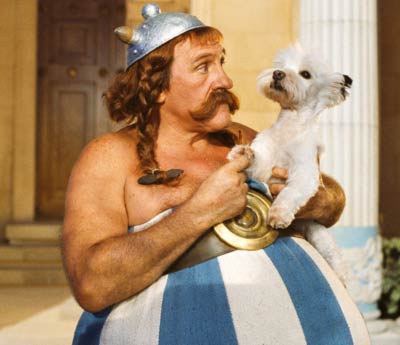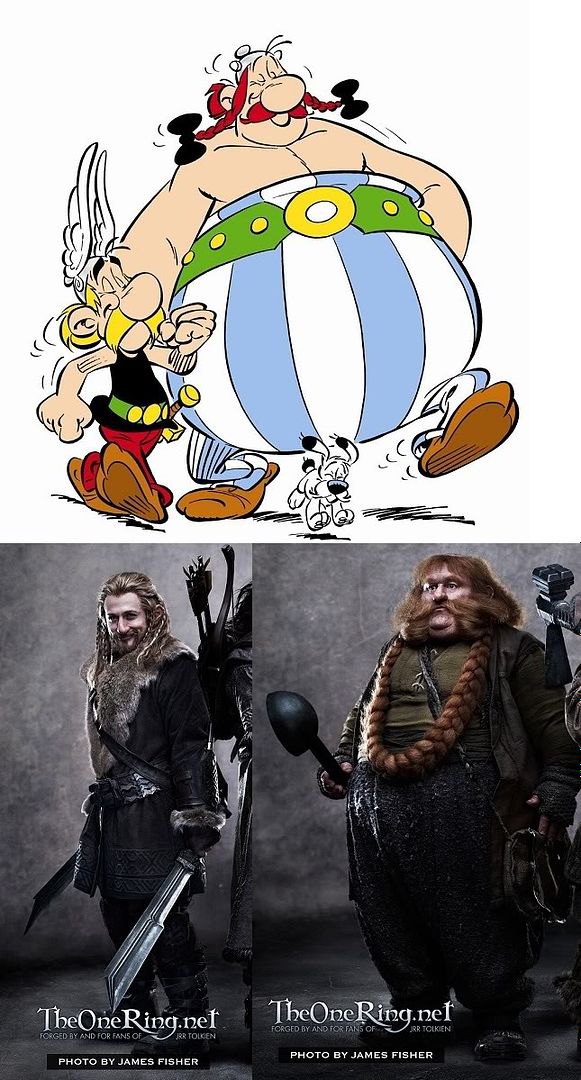Well, I'll only list a few, but I'll start with one that does very well to explain my point.
Note: just because the film did 3D well doesn't mean that the film itself is especially stellar.
Priest: The scenes where it's raining ashes. I can't think of another film that's done that really effectively (
MAYBE the opening rain scene in
RE: Afterlife). To me this is one of the most simple examples of defining the difference in the experience between 2D and 3D. Typically you don't notice anything in precipitating scenes in movies, because the raindrops/snow/ashes are all merged into a single layer. In 3D, there are so many layers that help demonstrate the presence of depth that you get the immediate experience of actually seeing the events, rather than seeing a moving picture. In a theater, immersion is a large part of the experince and this is an example of how 3D gives that in a way that a 2D film can't. The example of watching something vs. watching a moving picture is about as close as I can come to explain the subtle differentiation that it makes (though the Hobbit Production video explains it like cutting a hole in the back of the theater screen). This is most of what I mean by subtlety of immersion effects making 3D awesome.
Avatar: There are a number of reasons, but aside from really pioneering the whole resurgence of 3D, James Cameron really knows waht he's doing when it comes to filmmaking. I'd seen this a couple times with different groups of friends, and 2D, 3D, and IMAX 3D were all
very different types of sensations for the level of immersion/realism that's portrayed such that it was almost like seeing a different film.
Drive Angry: There's also the sort of "blow shit up in your face" aspect of 3D. Absolutely.
Nothing. has done this better, constantly, and kept it entertaining better than this movie without it feeling overly gimmicky (Or maybe feeling
so gimmicky that you just forget about it and accept it, either way it was fantastic).
Those are a few examples that I'd personally bring up that did (at least some) 3D well. The technology that the theater uses seems to make a difference as well.
This link pretty much explains it, and also might help some of you find a type of theater that DOESN'T give you headaches. Regardless, the technologies and implimentation that they talk about during this video make it pretty clear that they're not shooting the Hobbit in 3D "just because" and that they actually have an understanding on how to make use of the technology to achieve a more immersive cinematic effect. I won't cast any judgement until I see it, but a lot of the things that they discuss make me rather hopeful that it's going to be used to a good end.
X 


 .
.





